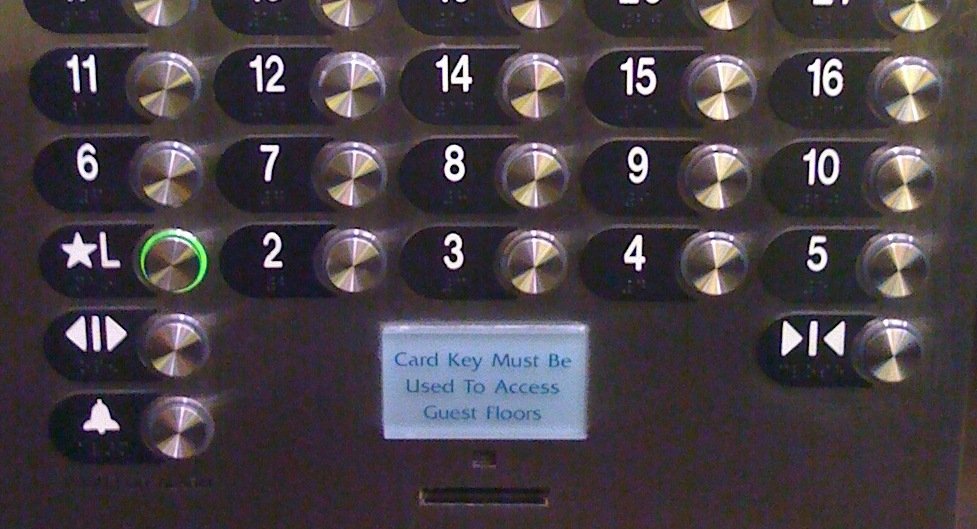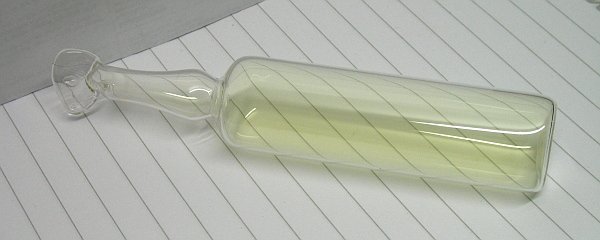26 May 2023
The element chromium is a steely-gray, lustrous metal that is hard and brittle. It has atomic number twenty-four and the symbol Cr. Chromium can be highly polished, and it resists tarnishing and corrosion, making it useful for a variety of applications, such as in the production of stainless steel and as a decorative coating to automobile parts, appliances, and other items. The name was coined in French and formed from the Greek χρῶμα (chroma, meaning color) on account of the hues exhibited by its compounds.
In 1797, Louis Nicolas Vauquelin was the first to isolate chromium, proposing the name chrôme in an article in Annales de Chimie. But the name only appears in the title and nowhere else in the article. In a subsequent article, published in 1798, Vauquelin explained how he came up with the name:
C’est d’après ses propriétés, que je propose, sur l’avis des cit. Fourcroy et Hauy, d’appeler ce métal chróme, qui signifie couleur, parce qu’effectivement ses combinaisons sont toutes plus ou moins colorées; j’avoue qu’à la vérité cette dénomination ne convient pas au métal lui-même, puisqu’il n’a pas de couleur très-particulière, et que d’ailleurs chaque métal a la sienne plus ou moins différente; au surplus, je ne tiens pas plus à ce nom qu’à tout autre qu’on voudra lui donner, pourvu qu’il soit l’expression de quelques-unes de ses propriétés les plus saillantes et les plus caractéristiques.
(It is according to its properties that I propose, on the advice of citizens Fourcroy and Hauy, to call this metal chróme, which means color, because its combinations are all more or less colored; I admit that this name does not really suit the metal itself, since it does not have a very particular color, and besides each metal has its own more or less different color; moreover, I am no more attached to this name than to any other that one would wish to give it, provided that it is the expression of some of its most salient and most characteristic properties.)
Chrome appears in English later that year in a translation of one of Vauquelin’s papers in London’s The Philosophical Magazine of July 1798:
According to the first analysis of the emerald, the results of which I presented to the National Institute, I found in it siliceous earth, alumine, lime and the oxyde of chrome.
By 1800 the Latinized chromium, with the ending -ium, bringing the name in line with standard nomenclature of metals, was in place.
Sources:
“Cursory View of Some of the Late Discoveries in Science.” The Philosophical Magazine (London), August 1800, 251–260 at 254. Gale Primary Sources: American Historical Periodicals from the American Antiquarian Society.
Miśkowiec, Pawel. “Name Game: The Naming History of the Chemical Elements—Part 1—From Antiquity to the End of 18th Century." Foundations of Chemistry, 1 November 2022 (online).
Oxford English Dictionary, second edition, 1989, s.v. chromium, n., chrome, n.
Vauquelin, Louis Nicolas. “Analysis of the Emerald of Peru.” The Philosophical Magazine (London), July 1798, 204–208 at 204. Gale Primary Sources: American Historical Periodicals from the American Antiquarian Society.
———. “Sur le Metal Contenu Dans le Plomb Rouge de Sibérie.” Annales de Chimie, 25, 19 January 1798, 194–204. HathiTrust Digital Archive.
———. “Sur Une Nouvelle Substance Métallique Contenue Dans le Plomb Rouge de Siberie, et Qu’on Propose d’Appeler Chrôme, á Cause de la Propriété Qu’il a de Colorer les Combinaisons où il Entre” (1 November 1797) Annales de Chimie, 25, 19 January 1798, 21. HathiTrust Digital Archive.
Photo credit: Heinrich Pniok, 2010. Wikimedia Commons. Licensed under a Creative Commons ‘Attribution-NonCommercial-NonDerivative 3.0 (US) license.





